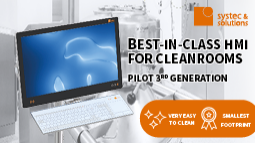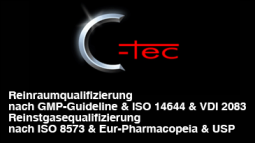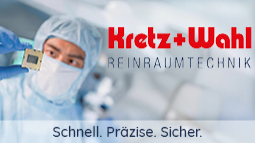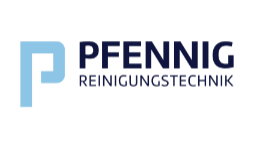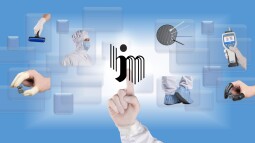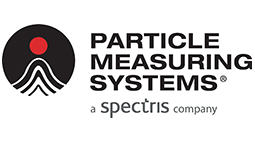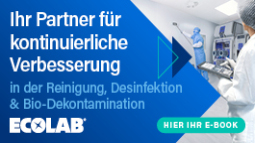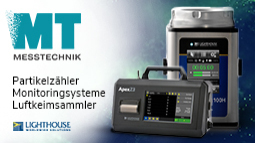A first: Concept Laser introduces the largest component produced to date using the additive process
Additive manufacturing: new applications for large components and quick construction rates prove highly popular
The approaches of additive manufacturing are currently revolutionizing how development engineers think, while also awakening new desires. For instance, XXL-sized 3D components are currently a trend. The large-format X line 1000R system, which was developed jointly with the Fraunhofer Institute for Laser Technology (ILT) in Aachen, is proving to be a step in the right development direction: into the new dimensions of industrial 3D printing using metals. At the core of the system are optics developed by ILT with a 1,000-watt laser. The jump from the 400-watt class into this new dimension represents a quantum leap in terms of the component sizes and construction rates that can be achieved. After a successful beta development phase, Concept Laser is now presenting the X line 1000R as a series model featuring the largest build envelope now available on the market (630 x 400 x 500 mm).
The X line 1000R was developed for tool-less manufacturing of large functional components and technical prototypes with identical material properties to series-production assemblies. The key component in the X line 1000R is a high-performance laser in the kilowatt range that enables significant productivity increases compared to other commercially available laser melting systems.
Considerably improved construction speed
The X line 1000R is primarily intended for the automotive industry and aerospace sector. In terms of materials, the system has proven versatile in compatibility: while the automotive industry primarily uses aluminum components for lightweight construction, aerospace applications aim for high-performance materials, such as titanium. From a cost perspective, the possible construction speeds are highly desirable for both industries: while an average system achieves build rates of 10-15 cm³/h, the X line 1000R delivers up to 65 cm³/h (equivalent to a 650% increase). Thanks to patented quality management modules like QMcoating and QMmeltpool from Concept Laser, component quality remains completely intact despite the highly dynamic process.
Conclusion of the beta development phase
After the prototype was presented at Euromold 2012, the focus was on developing the customized mechanical and control engineering; in 2013, the Concept Laser developers concentrated more fully on the actual construction process and material qualification. Dr. Florian Bechmann, Head of Development at Concept Laser: "The agenda for the beta phase included optimization of process parameters and intensive material qualification in order to prepare the X line 1000R for serial production." It also included careful temperature control of the build envelope in order to prevent distortion of "oversize" components. Concept Laser reports the maximum component length as 740 mm.
Largest part presented - initial references highlight the design possibilities
The dimensions of the gear part made of aluminum are considerable: 474 x 367 x 480 mm (not including the height of the build platform). It is currently the largest metal component produced to date using the powder bed-based laser melting process. "When hybrid construction methods are used, geometries can be created that are somewhat above the "basic" construction area dimensions, if necessary, with heights up to 540 mm," says Dr. Florian Bechmann. As a series model, the X line 1000R allows for a significant increase in construction rates, improved surface quality, high reproducibility and system reliability thanks to process monitoring, as well as qualification of a wide range of powder materials for a variety of applications.
New applications devised by the automotive industry
Aluminum alloys (AL) are currently popular among automotive industry customers who work in the XXL range. The material is attractive to development departments for application in lightweight automotive construction. The goal is to replace cost-intensive sand and die casting applications in early development phases. Furthermore, the LaserCUSING process makes it possible to construct lightweight structures with high rigidity and weight-optimized geometries – with virtually no design restrictions.
Aerospace: a driver of development
An increased need for applications using titanium and nickel-based alloys can be discerned on the horizon. These material classes are primarily attractive for the extreme requirements of the aerospace sector. The X line 1000R therefore features a closed system for safe process and powder management compliant with the strict ATEX directives. "The separation of the process chamber and the handling area is characteristic of Concept Laser and is a relevant feature in terms of safety and quality. This is a fundamental characteristic of the X line 1000R as well," comments Dr. Florian Bechmann. New applications are currently being devised by development engineers. In addition to drive technology components, these also include test beds in space flight and turbine parts in power plant engineering and aircraft construction. Another interesting application is that LaserCUSING can also be used to repair turbines: a worn-out turbine blade can be mended using laser melting. This means the material of the turbine part, which is still good, can begin a new lifecycle – quickly and affordably.
Concept Laser GmbH
96215 Lichtenfels
Germany
